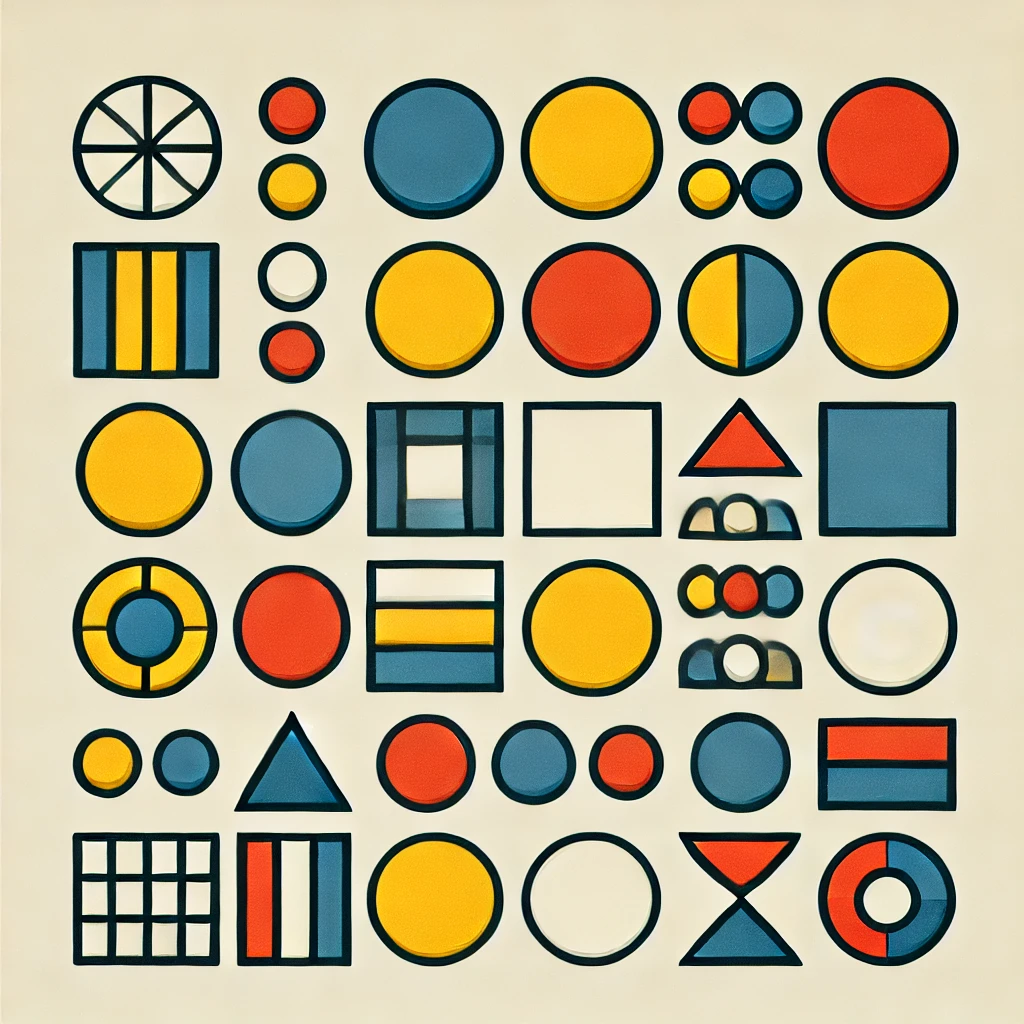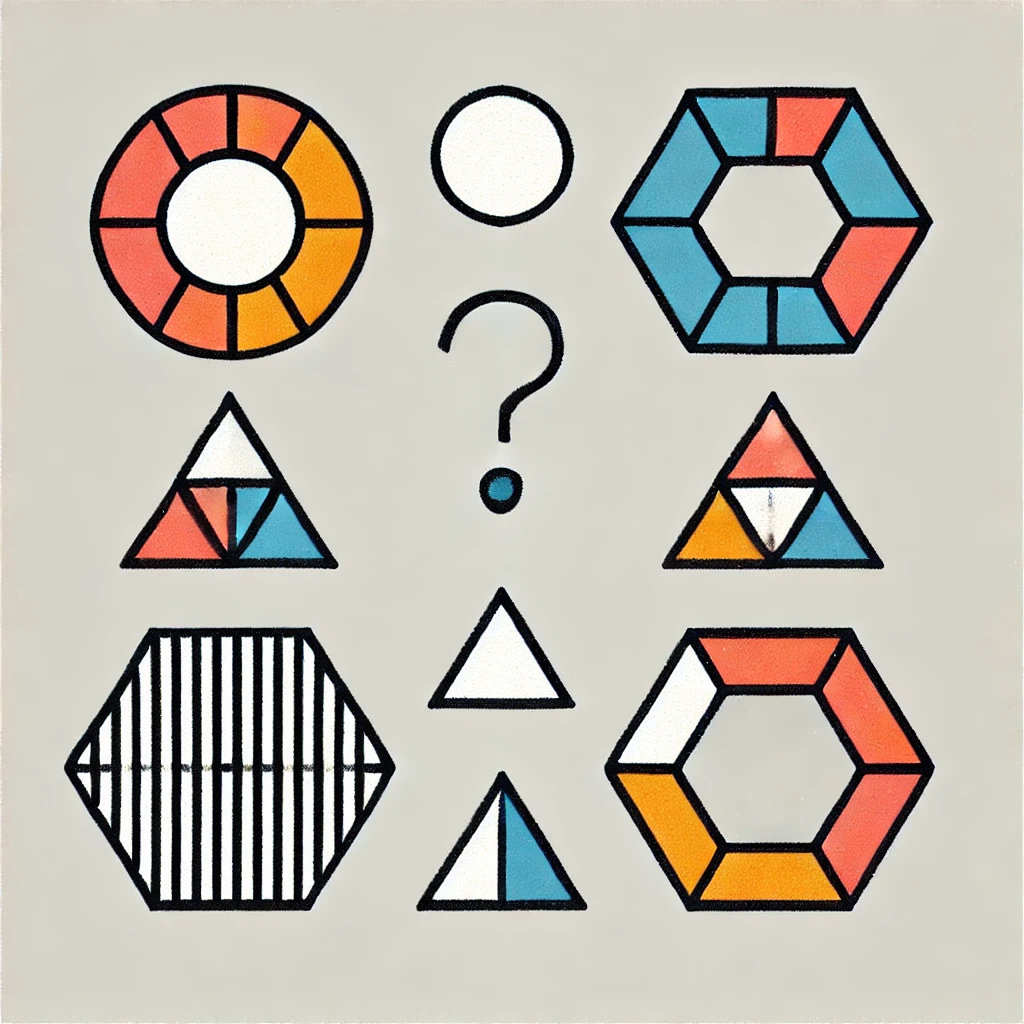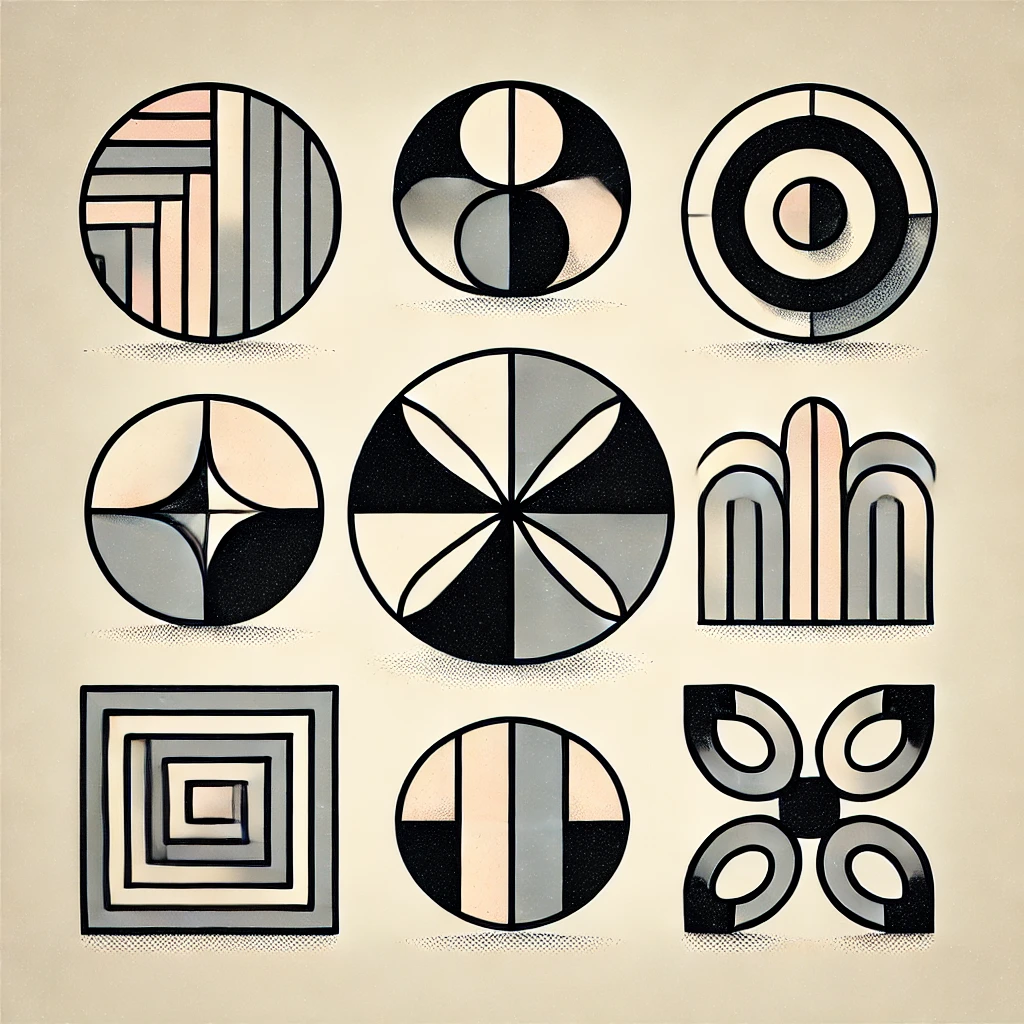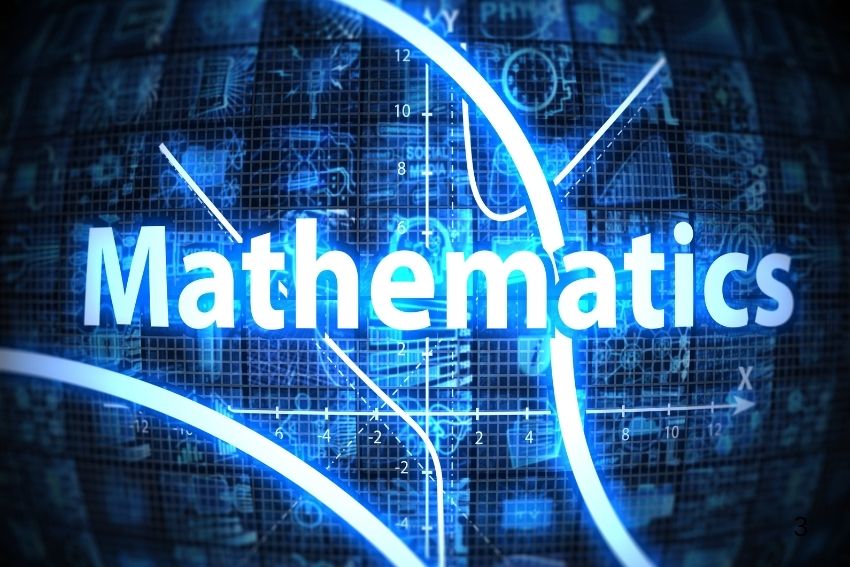Non-verbal reasoning is a crucial aspect of many entrance exams, including the 11 Plus, and it plays a significant role in cognitive development. It is important for your child or student, especially when prepping for entrance exams because it tests their ability to think logically, solve problems, and analyse visual information.
Entrance exams like the 11 Plus include non verbal reasoning sections to evaluate a student’s overall cognitive abilities beyond just literacy or math skills.
What is Non Verbal Reasoning?
Non-verbal reasoning refers to the ability to understand and analyse visual information rather than relying on language or words. It involves recognising patterns, shapes, sequences, and relationships between different visual elements. These skills are crucial for problem-solving, logical thinking, and spatial awareness.
Verbal vs Non-Verbal Reasoning
Verbal reasoning involves solving problems and understanding concepts through language, specifically focusing on grammar, vocabulary, and comprehension. For instance, verbal reasoning questions often test the ability to identify relationships between words, understand passages, and draw conclusions based on text.
Non-verbal reasoning, on the other hand, deals with visual data and requires you to identify patterns, sequences, and relationships between shapes or figures. These questions test your spatial awareness and ability to think logically without relying on words.
In entrance exams like the 11 Plus, understanding both verbal and non verbal reasoning is crucial. While verbal reasoning assesses language-based problem-solving, non-verbal reasoning evaluates visual and logical thinking. Being proficient in verbal and non verbal reasoning gives students a well-rounded problem-solving toolkit. They can potentially tackle different types of challenges as they further their education.
Example of Verbal Reasoning Question:
Which word means the same as start?
a) end
b) begin
c) stop
d) pause
Example of Non-Verbal Reasoning Question:
Which shape comes next in this sequence?

Non Verbal Reasoning Topics
Non-verbal reasoning questions cover several core topics. Let’s discuss some of the most common non verbal reasoning topics:
Shape Analysis
In shape analysis questions, students are asked to compare or manipulate shapes to identify relationships or patterns. They may need to match a shape to a group or select the shape that fits in a sequence.
Example Question:
Which shape is different from the others in this set?
Spatial Reasoning
Spatial reasoning involves understanding the relationships between objects in space. Students may need to visualise how a shape looks when rotated or reflected.
Example Question:
What will this shape look like when rotated 90 degrees to the right?
Pattern Recognition
Pattern recognition requires students to identify the rule governing a sequence of shapes or symbols. The task is to find the next shape or complete the pattern based on that rule.
Example Question:
Which shape comes next in the sequence?
Analogies and Series
These questions involve finding relationships between pairs of shapes or symbols, similar to verbal analogies. Students need to understand how two shapes relate to each other and apply the same logic to a new pair.
Example Question:
Shape A is to Shape B as Shape C is to?
3D Perception
In 3D perception questions, students must visualise and manipulate three-dimensional shapes, such as cubes or pyramids. They may be asked to identify how a shape would appear from a different angle or when unfolded.
Example Question:
What does this cube look like when unfolded?
Non Verbal Reasoning Questions
Non verbal reasoning questions often come in different formats. Here’s a breakdown of the most common types:
Matching Shapes
Students are given a shape and must find a matching shape from a set of options. The shapes may be rotated or mirrored, adding a layer of complexity.
Sample Question: Which of the following shapes is identical to the shape on the left?

Identifying Patterns
In pattern identification, students analyse a series of shapes to determine the underlying rule and then apply it to select the next shape in the sequence
Sample Question: Find the pattern. Which figure comes next in the sequence?

Sequencing
Sequencing questions involve arranging shapes or figures in a specific order. Students must figure out the rule governing the sequence and apply it to complete the pattern.
Sample Question: Arrange the following shapes in a logical sequence.

Symmetry Questions
Symmetry questions ask students to identify symmetrical shapes or complete a figure by adding its symmetrical half.
Sample Question: Which of the following shapes is symmetrical about the vertical axis?

Top Tips for Success in Non-Verbal Reasoning
Mastering non-verbal reasoning requires practice and strategy. Here are some top tips to improve your skills:
- Improve Spatial Awareness: Play puzzles and games that challenge your spatial reasoning, such as jigsaw puzzles or 3D building sets.
- Practice Regularly: Use online platforms or workbooks to practice non-verbal reasoning questions. Consistent practice helps familiarise yourself with the types of questions you may encounter in entrance exams.
- Time Management: During exams, it’s essential to manage your time wisely. Avoid spending too long on any one question—move on if you’re stuck and return later.
- Learn to Spot Patterns Quickly: Train yourself to recognise common patterns and sequences. The faster you can identify the rule behind a question, the more time you’ll have for trickier problems.
- Stay Calm with Difficult Questions: Some questions will be more challenging than others. Stay calm and try to break the question down into smaller parts to solve it.
Resources for Non-Verbal Reasoning Practice
There are plenty of excellent resources available to help you practice non-verbal reasoning:
GL Assessment: This is a good place to find familiarisation and practice papers for the 11 Plus test. You can download some of their papers for free.
Oxford Owl: This is a support site for parents and carers, and provides valuable resources, such as practice papers and tips. It is run by the Oxford University Press.
For one-on-one guidance, Edumentors is a great option. Edumentors is made up of a team of specialised tutors who provide high-quality, personalised tutoring to help students excel in both verbal and non verbal reasoning exams. Students improve their grasp of the core concepts of verbal and non-verbal reasoning while gaining the confidence they need for taking entrance exams.
Conclusion
Non-verbal reasoning is an essential skill for students preparing for entrance exams like the 11 Plus. It helps develop critical thinking and problem-solving abilities that are valuable in academic and real-life situations.
By practicing various types of non-verbal reasoning questions, students can enhance their cognitive abilities and perform better in exams.
If you’re looking to improve your skills, consider exploring more practice resources or working with a specialised 11 plus tutors from Edumentors. Book a consultation with our team today and find the perfect tutor!








